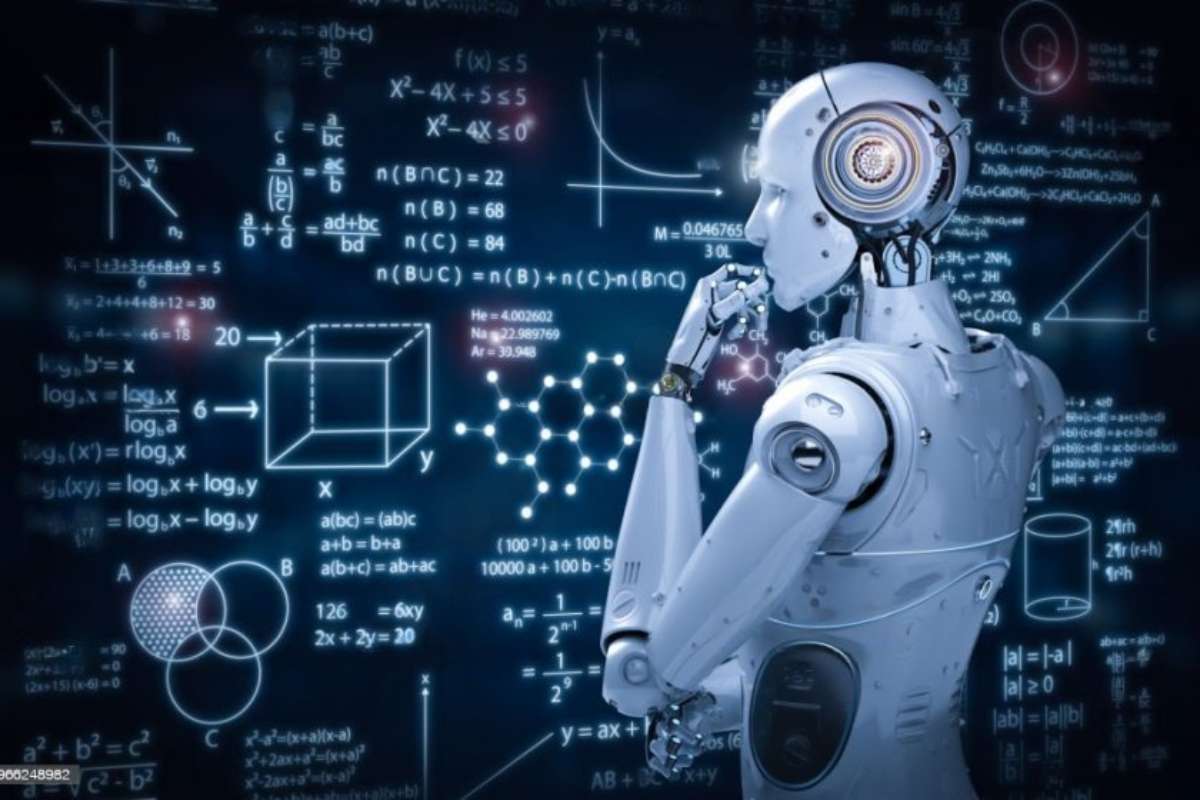Machine learning algorithms help computers learn from data. They allow machines to find patterns and make decisions without being told exactly what to do. In 2025, machine learning algorithms are very important. They are used in medicine, banking, education, and many other fields.
This article explains what machine learning algorithms are. It talks about the different types and how they work. It also shows their features, how we measure their success, and the problems we may face when using them.
What Are Machine Learning Algorithms?
Machine learning algorithms are methods that teach computers how to do tasks by learning from data. The computer looks at data and finds patterns. Then it uses those patterns to make predictions or choices. The more data it sees, the better it gets.
➤ Top 4 Types of Machine Learning Algorithms:

1. Supervised Learning
Supervised learning means the computer learns with the help of answers. You give it data and also give the correct result for that data. The computer uses this to learn. After learning, it can give answers for new data.
Example: You show the computer many pictures of fruits. You also tell it the name of each fruit. The computer looks at the color, shape, and size. Then it learns to tell the name of a fruit it has not seen before.
Some common supervised learning methods:
- Linear regression helps to guess numbers like the price of a house.
- Logistic regression helps to answer yes or no questions like whether a person will buy a product or not.
- Support vector machine helps to separate things into two or more groups.
- Decision trees and random forests help to make step-by-step decisions.
2. Unsupervised Learning
Unsupervised learning means the computer learns without answers. You only give the data. The computer tries to find patterns or groups by itself.
Example: You give the computer many pictures of animals but you do not tell the names. The computer looks at the pictures and puts animals with similar shapes or sizes in the same group.
Some common unsupervised learning methods:
- K-means groups things that look the same.
- Principal component analysis helps to make big data smaller.
- Autoencoders help to find what is important in the data and remove the rest.
3. Semi-Supervised Learning
Semi-supervised learning is a mix of supervised and unsupervised learning. You give the computer a small amount of data with answers and a large amount of data without answers. The computer uses both types to learn better.
Example: You give the names for ten pictures of animals but leave the rest without names. The computer learns from the ten pictures with names and uses that learning to guess the names for the rest.
Some common supervised learning methods
- Linear Regression: Predicts numbers (e.g., prices).
- Logistic Regression: Predicts yes/no outcomes.
- Support Vector Machine (SVM): Classifies data into groups.
- Decision Trees: Makes step-by-step decisions.
- Random Forests: Combines many decision trees for better accuracy.
4. Reinforcement Learning
Reinforcement learning means the computer learns by trying. It does something, sees the result, and learns from it. Good results get rewards. Bad results do not. Over time, the computer learns what actions give the best reward.
Example: A computer plays a game. It tries many moves. When it wins, it gets a reward. When it loses, it gets nothing. After playing many times, it learns the best moves.
Reinforcement learning is used in:
- Self-driving cars
- Robots
- Game playing systems
➤ Features, Metrics, and Challenges
The table below shows different machine learning algorithms, what they do, how we measure them, and what problems we face.

| Algorithm | Features | How We Measure It | Problems |
| Linear Regression | Predicts numbers using a straight line | Mean Squared Error | Does not work well if data has outliers |
| Logistic Regression | Finds yes or no answers | Accuracy, Precision | Assumes simple relationship between data |
| Support Vector Machine | Works well with many features | F1 Score, Accuracy | Slow with large data sets |
| Decision Tree | Easy to understand | Gini Score, Accuracy | Can make wrong guesses on new data |
| Random Forest | Uses many decision trees together | ROC-AUC, Accuracy | Harder to understand |
| K-means | Groups data into clusters | Silhouette Score | Needs to know how many groups in advance |
| Principal Component Analysis | Makes big data smaller | Explained Variance | Makes it harder to understand the result |
| Autoencoder | Learns what is important in data | Reconstruction Loss | Needs a lot of tuning |
| Reinforcement Learning | Learns by getting rewards | Total Rewards | Hard to balance between trying and learning |
➤ New Trends in 2025
In 2025, some new machine learning algorithms are becoming more common. These include:

- Graph neural networks. These work well with data that shows connections, like social networks.
- Federated learning. This trains models on many devices without moving the data, which keeps it private.
- Self-supervised learning. This learns from data without needing labels.
- Diffusion models. These are good at creating pictures and text.
- Reinforcement learning with human feedback. This uses human choices to help computers learn better.
These new types are helping many companies and researchers make better tools and services.
Final Thoughts
Machine learning algorithms are changing the way we solve problems. They help computers learn from data, make smart guesses, and improve over time. In 2025, many companies and people use these methods every day. If you know how machine learning algorithms work, you can build better tools and make better decisions.


















